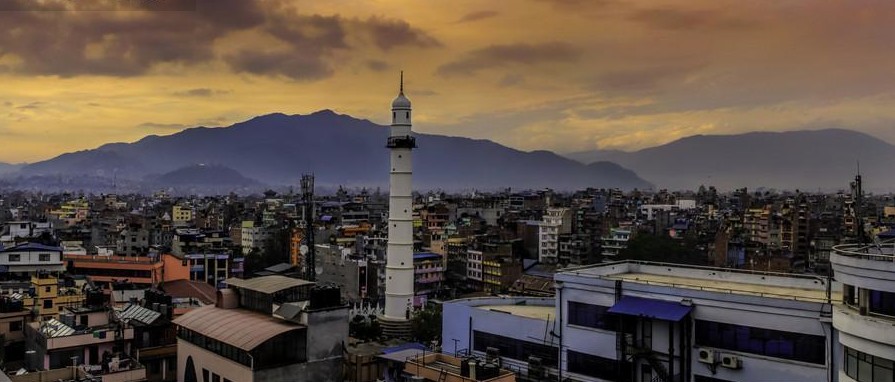Before and After: Sacred Sites Lost in Nepal’s Great Quake
Since ancient times, Nepal has stood at the intersection of important trade routes, age-old religions and rich cultures.






Bordered by India and Tibet, Nepal’s steep peaks and hilly terrain are also positioned at the intersection of two of the earth’s massive tectonic plates, whose momentum from their pre-historic collision continues to push up the storied Himalayan range about 6.1cm each year.
The friction of this unholy tectonic marriage makes Nepal a hotbed for calamitous earthquakes. Its first recorded quake leveled temples and towns in the year 1255.






Since then, disastrous earthquakes have occurred at an average rate of every century. The last major earthquake of 1934 took some 12,000 lives with its 8.0 magnitude.
Then came April 25, 2015 and what local media are calling the “Great Quake”. Lost in the rubble are over 7,000 lives, an economy that was already struggling and centuries-old structures now forever lost to the physics of our planet.




With about 10% of its economy relying on tourism, Nepal is home to the fabled birthplace of Buddha, the origins of the Hindu sage Ne, seven UNESCO World Heritage sites and the tallest summits on Earth.




The damage from last month’s quake is “extensive and irreversible”, according to UNESCO Director-General Irina Bokova. Yet, with its earth-shattering geology, Nepal is no stranger to rebuilding from its ashes.
The 200-step tall Dharahara tower, built by Nepal’s first prime minister in 1832, has been restored twice – once after the quake of 1833 and again after 1934.


But other monuments are simply impossible to reconstruct, with their ornate details and intangible feeling of living history, having borne witness to countless pilgrims and bloodlines over centuries – hordes of lifetimes punctuated by seismic shocks.




WE SAID THIS: Don’t miss How to Donate to Help the Victims of Nepal’s Shattering Earthquake.
